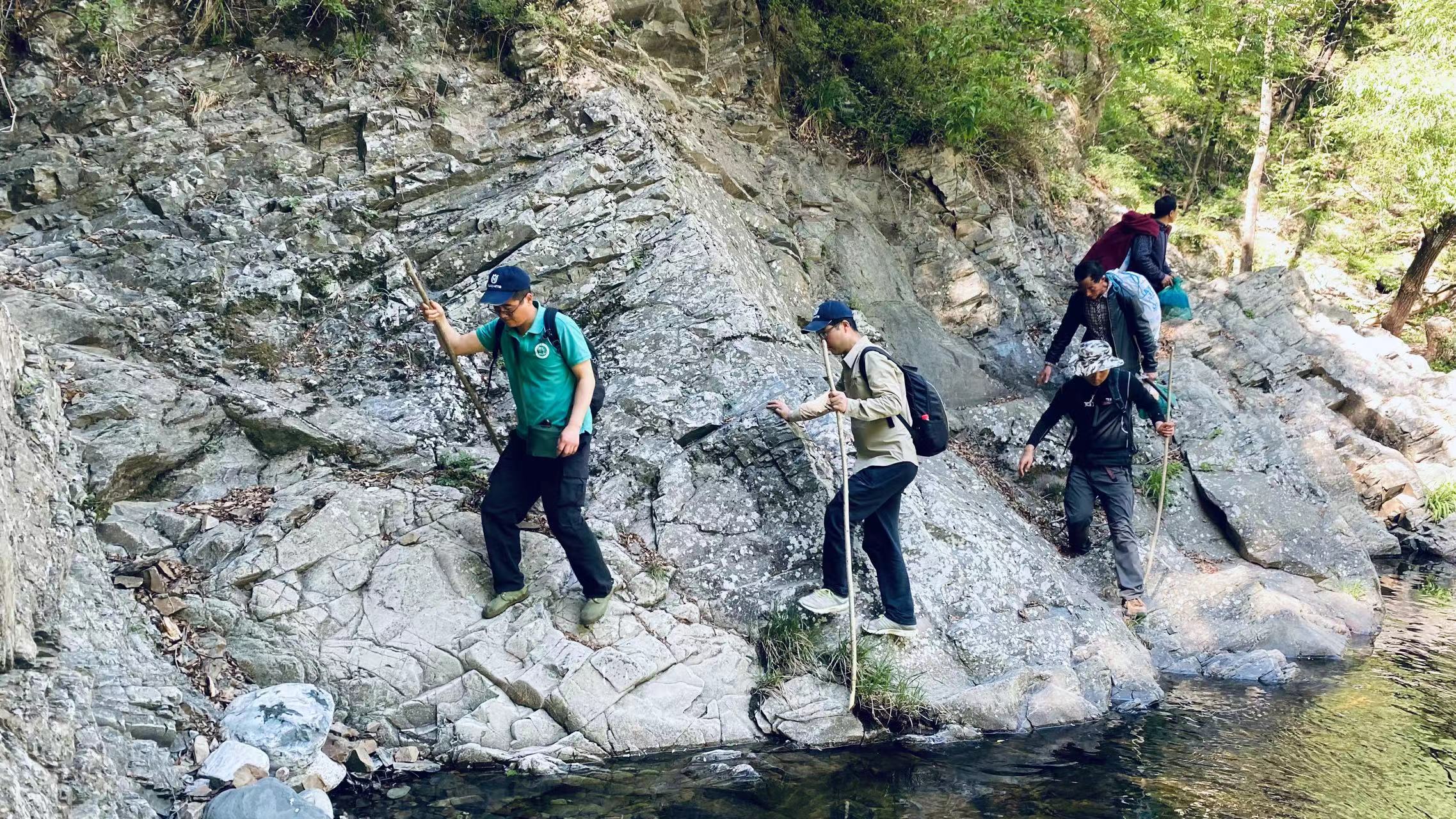The establishment of the Golden Monkey Monitoring and Research Base at Northwest University and the Zhouzhi Substation for the National Field Scientific Observation and Research of Biodiversity for Giant Pandas and Golden Snub-nosed Monkeys, in collaboration with various institutions such as the Shaanxi Institute of Zoology, Northwest A&F University, Beijing Forestry University, and Northwest University, serves as an internship base for graduate and doctoral students. These partnerships facilitate joint efforts in wildlife surveys and other scientific endeavors, thereby promoting high-quality development within the region.
Research projects have been implemented to conduct extensive surveys, resulting in the creation of a comprehensive database of rare and protected species such as the Giant Panda, Golden Snub-nosed Monkey, Golden Takin, Himalayan Yew, and Kingdonia uniflora. This has led to the compilation of 13 specialized survey and monitoring reports, including the "Giant Panda and Its Habitat Monitoring Report" and the "Golden Snub-nosed Monkey Survey Report," earning two second-place awards for scientific and technological advancements from the Shaanxi Forestry Department.
Since 2012, infrared cameras have captured approximately 40,000 photographs and 5,000 video clips of rare wildlife activities, including Giant Pandas and Golden Snub-nosed Monkeys. Remarkably, the Zhouzhi Nature Reserve has recorded three leopards foraging together on three occasions, as well as footage of two wild Giant Pandas playing, and the first recorded appearance of a brown Giant Panda. Additionally, images of the Asiatic Golden Cat have been documented in various areas within the jurisdiction. In 2019, footage of the Golden Takin garnered the "Best Video Award" on CCTV's "Eyes of the Secret Realm." In 2023 alone, the effectiveness of biodiversity conservation efforts has been reported 16 times by provincial and national-level media.
